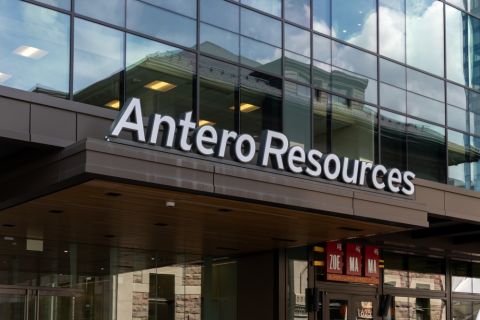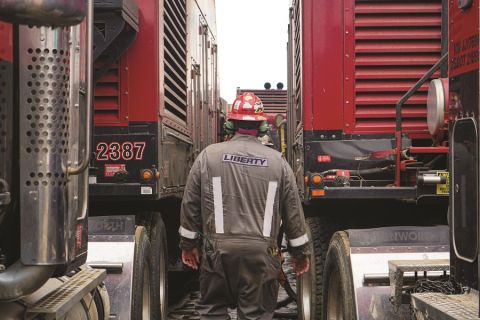Today, many fuel suppliers and distributors are developing or implementing plans to upgrade to SAP S/4HANA—the newest version of SAP’s enterprise resource planning (ERP) system. And, with good reason: The companion, cloud-based version offers an opportunity to reduce infrastructure hardware and administrative costs, gain more agility and realize additional benefits that come with cloud-based software.
SAP S/4HANA can process transactions much faster than previous versions. It also makes it easier for enterprises to run real-time queries against application data without affecting performance—limiting the need to build multiple data marts. This also delivers valuable insights on business operations much quicker than before.
Figuring Taxes
However, having made the decision to move, these operators are faced with a question of how to identify and calculate excise taxes with the new software.
Identifying and calculating excise taxes is not simple. They vary with tax jurisdiction, product and other factors, including blend percentages, licenses and exemptions. They are also significant: Excise taxes are usually a bigger liability for fuel suppliers and distributors than sales and use taxes; sometimes, they represent as much as 80% of total tax liability.
Previous versions of SAP did not offer the functionality needed to fully identify and calculate excise taxes. Thus, many fuel suppliers and distributors wrote their own code to create custom solutions they could then integrate into SAP.
Yet with SAP S/4HANA’s new code base, these old solutions will likely require modifications or a complete redesign. In addition, the upgrade still does not offer full excise-tax identification and calculation functionality itself.
In choosing to upgrade, fuel suppliers and distributors seem faced with a difficult choice. They can calculate excise taxes manually, using spreadsheets and error-prone, time-intensive processes. Or they can invest time and money in building new custom excise-tax identification and calculation solutions from the ground up, potentially slowing down their entire SAP upgrade.
Another Way
However, there are other options fuel suppliers and distributors can explore for calculating excise taxes as they upgrade. For example, third-party, cloud-based solutions are available that can be integrated into SAP S/4HANA and automatically identify and calculate excise taxes.
These solutions secure the benefits of more accurate, less labor-intensive calculations than that derived by custom solutions—and without having to build and test them.
In addition, cloud-based excise-tax-automation solutions are proactively updated by the provider to reflect the latest changes in tax rates and regulations. Operators don’t have to always carefully watch for the latest tax-rate and -rule changes and, then, tweak manual processes or custom solutions.
These solutions are also more flexible than custom solutions; they can be easily adjusted to identify and calculate taxes after a firm adds new products and customers or makes other changes to its business.
Finally, because these cloud-based solutions have isolated the excise-tax functionality from SAP S/4HANA, fuel suppliers and distributors avoid the risk that a rate, rule or other tweak to their custom solution will have an adverse effect on their SAP system.
These capabilities all make cloud-based excise-tax-automation solutions a potential plug-and-play alternative to fuel suppliers and distributors that do not want to use manual processes for excise-tax calculation or rebuild custom solutions when they implement the SAP upgrade.
Maximized Efficiency
By upgrading to SAP S/4HANA, fuel suppliers and distributors have the opportunity to secure a more agile and efficient ERP system that can process transactions quicker and deliver insightful reports faster, while also reducing costs related to buying and maintaining on-premises ERP system and data-mart infrastructure.
However, these fuel suppliers and distributors’ tax managers might be understandably concerned that the upgrade will require them to invest in rebuilding their custom excise-tax-calculation solutions from scratch—or force them to revert to using inefficient, inaccurate, manual processes.
Cloud-based excise-tax solutions offer these tax managers an opportunity to continue to automatically identify and calculate excise taxes in SAP, while also reducing problems related to updating custom solutions to reflect changes in tax rates, rules and business strategy.
With these cloud-based solutions, excise-tax identification and calculation is no longer an obstacle for moving forward with an upgrade to SAP S/4HANA. In fact, it provides an additional way for fuel suppliers and distributors to use the upgrade to become more efficient and agile and address business challenges faster and more intelligently.
John Beaty is general manager, excise, at Avalara Inc.
Recommended Reading
Keeping it Simple: Antero Stays on Profitable Course in 1Q
2024-04-26 - Bucking trend, Antero Resources posted a slight increase in natural gas production as other companies curtailed production.
Oil and Gas Chain Reaction: E&P M&A Begets OFS Consolidation
2024-04-26 - Record-breaking E&P consolidation is rippling into oilfield services, with much more M&A on the way.
Exxon Mobil, Chevron See Profits Fall in 1Q Earnings
2024-04-26 - Chevron and Exxon Mobil are feeling the pinch of weak energy prices, particularly natural gas, and fuels margins that have cooled in the last year.
Marathon Oil Declares 1Q Dividend
2024-04-26 - Marathon Oil’s first quarter 2024 dividend is payable on June 10.
Talos Energy Expands Leadership Team After $1.29B QuarterNorth Deal
2024-04-25 - Talos Energy President and CEO Tim Duncan said the company has expanded its leadership team as the company integrates its QuarterNorth Energy acquisition.




